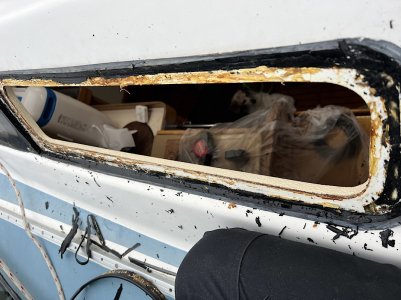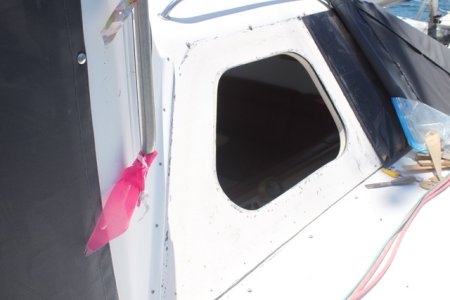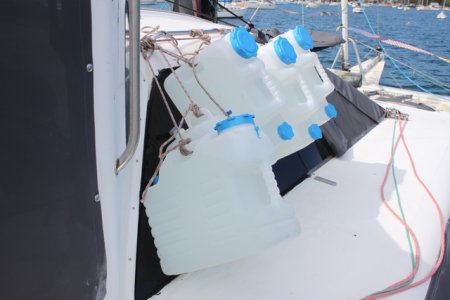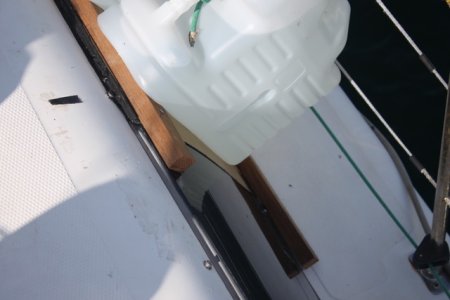chris-s
Active member
I’m replacing some of the crazed acrylic windows that are bonded with something or other. I’m planning on using either arbosil 1081 or sika 295uv + primers, but am struggling to find the recommended film thicknesses.
Windows are 700mm x 200mm x 12mm with a very slight bow. The adhesive has a minimum of 25mm width around the edges with a black border of paint or primer on the inside. At some point a few screws had been added in the corners and I might do the same.
Initially I thought I could have used some vhb tape but I would need to paint some sort of black border on the inside and not sure what I could have used that would adhere well to the acrylic and the vhb.
Any pointers on film thickness and a source of spacers would be greatly appreciated.


Windows are 700mm x 200mm x 12mm with a very slight bow. The adhesive has a minimum of 25mm width around the edges with a black border of paint or primer on the inside. At some point a few screws had been added in the corners and I might do the same.
Initially I thought I could have used some vhb tape but I would need to paint some sort of black border on the inside and not sure what I could have used that would adhere well to the acrylic and the vhb.
Any pointers on film thickness and a source of spacers would be greatly appreciated.








